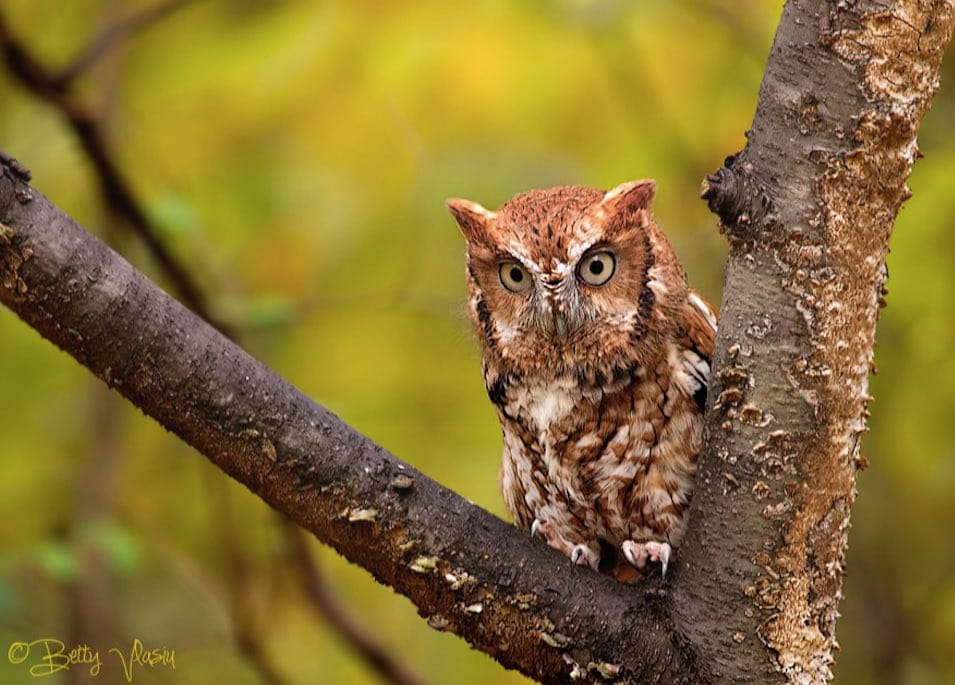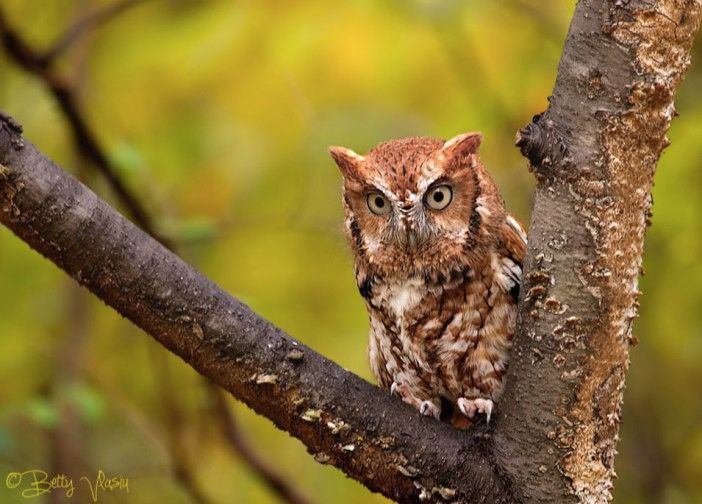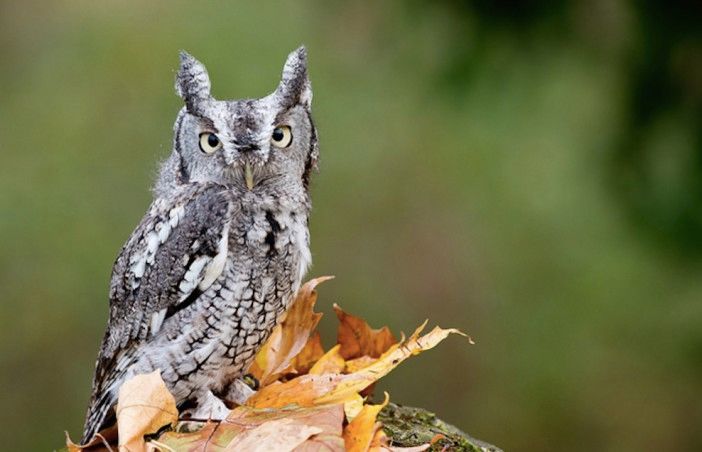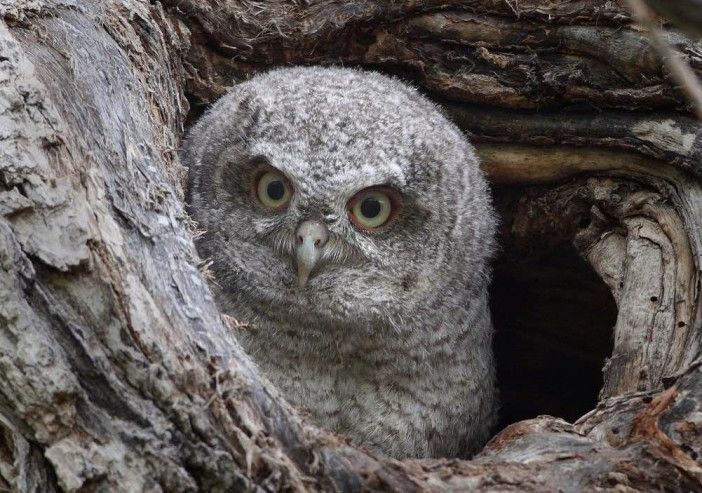How Prospect Park Lost Its Owls: On the Demise of Eastern-Screech Owls in Prospect Park


Had you been walking the winter trails of Prospect Park half of a century ago you, may have heard the peculiar scream of the Eastern-Screech Owl. This small owl has either red or brown plumage with startling yellow eyes and small tufts atop its head. The Eastern-Screech Owl is smaller than a pigeon, and would have spent its days hidden deeply within tree cavities around Prospect Park.
While once common enough to be considered a pest, Eastern-Screech Owls can no longer be found in Brooklyn. With the advancement of human comfort comes the responsibility for living things. While modern developments are mostly cognizant of the impact on natural life, we — along with many species — are still paying the price of our past actions. The once common Eastern-Screech Owl serves as an excellent mascot for the preservation of wild spots in Brooklyn.
Where were they?
Eastern-Screech Owls nested vigorously around Brooklyn until the beginning of the 20th century. They were dense populations of the owls around and within Prospect Park, making home of large, gnarly trees where they could sleep the day away and go after insects, small birds, and rodents at night.
Today, it is likely that the Midwood section of Prospect Park would’ve held the most Eastern-Screech Owls due to the many older, prominent trees. Today, Eastern-Screech Owls are found on Staten Island and Inwood Hill Park in declining numbers. About twenty years ago, there was an effort to reintroduce Eastern-Screech Owls to Central Park, however, the effort ultimately failed.
The last Eastern-Screech Owls of Prospect Park were likely in the 1960s before being entirely extirpated (locally extinct) from Brooklyn. In the past 50 years, there have been no reports of them around Brooklyn despite great efforts to locate any. Efforts to locate the Eastern-Screech Owl are made easy by the very recognizable scream they give towards the beginning of nightfall.

Where did they go?
By the 1930’s, the Eastern-Screech Owl was already in decline. However, this did not stop the Police Department from shooting the owls for being noisy. In a neighborhood not far from the Prospect Park/North Brooklyn area, police went with rifles at the request of citizens to rid their trees, yards, and parks of the owls.
The Brooklyn Daily Eagle even reported on what was the best way of killing the Eastern-Screech Owls at the time:
“If there is a screech owl that haunts a tree in your back yard and keeps you awake at night the approved method of exterminating it is to flash a bright light in its eyes and then shoot it. The light is supposed to blind the so-called wise bird temporarily causing it to stand stock still.”
The article stated that the police generally had great failure in their attempt to rid the neighborhood of the owls but that they’d be trying again. Cruel police blunders aside, other elements of change spelled the death of these birds.
Being more strictly nocturnal than other owls, the Eastern-Screech Owl actively pursues prey at night fall. As cars would speed through Prospect Park, collisions were frequent and deadly. As anyone who has driven through a wooded area at night knows, insects are greatly attracted to cars headlights — and the Eastern-Screech Owls likely were hit in pursuit of what should’ve been easy prey.

It is likely that even when Prospect Park was in its early years of creation by Olmstead and Vaux, Eastern-Screech Owls were already significantly declining due to habitat loss. As Brooklyn grew and grew, its forested areas quickly shrank.
By early 20th century, Prospect Park was one of the only areas with mature woods remaining in our area. As an added consequence of development and a people who used the outdoors extensively for recreation, Prospect Park was quickly run into the ground as early as the beginning of the 1900’s, when the park was barely 50 years old. The park was often so crowded with people, the ground was almost entirely eroded of vegetation, and trees were receiving damage.
The City Beautiful Movement helped encourage the city to put money into restoring much of the damage done to Prospect Park, however, Eastern-Screech Owl populations were likely already in great decline from this habitat disturbance and loss.
Why not bring them back?
While Eastern-Screech Owls may be locally extirpated, they’re still the most populous owl in North America. A small but thriving population exists in Staten Island and a few remain in varying numbers throughout Inwood Hill Park in Manhattan.
While the idea of bringing the owls back to the Brooklyn initially sounded like a good idea, it was ultimately decided against — especially considering the failure of reintroducing them in Central Park. Conditions likely have not changed enough at either Central Park or Prospect Park to guarantee the safety of these owls.




